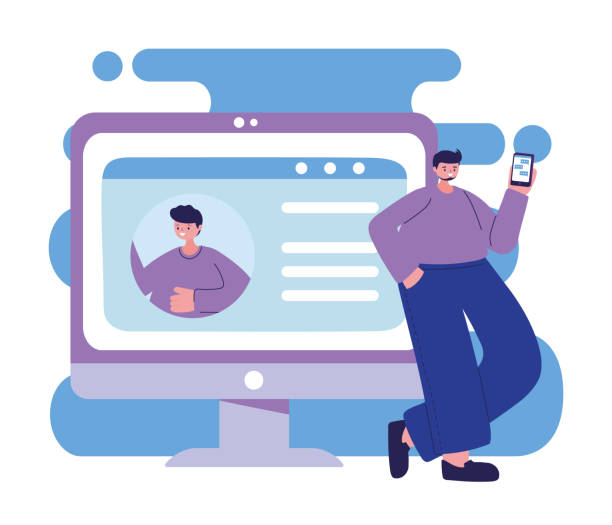Why Every Individual Needs a Personal Website?
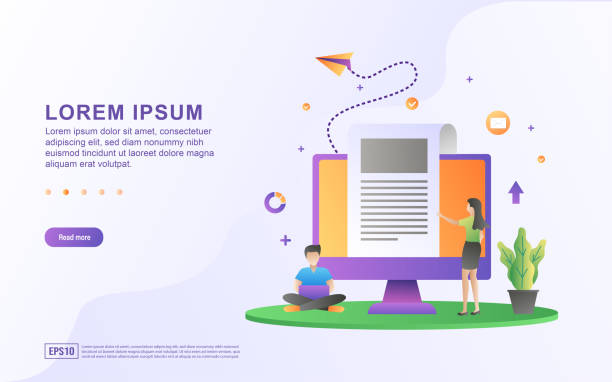
In today’s digital world, having a powerful online presence is no longer an option, but a necessity.
Designing a personal website is an unparalleled tool for #showcasing abilities, #building a personal brand, and #effectively communicating with potential audiences and employers.
Many people ask if building a page on social networks is enough? The emphatic answer is no.
Social networks are #rental platforms; you don’t have complete control over your content, design, and data.
But a personal website is your digital home where you can tell your story completely, present your portfolio in the best possible way, and have unconditional control over all aspects of your online presence.
This is especially important for freelancers, artists, consultants, and anyone looking for career advancement and establishing credibility.
A personal website can serve as an interactive resume, a living portfolio, or even a platform for sharing your knowledge and experiences.
Furthermore, in the discussion of Search Engine Optimization (SEO), having a personal website helps you appear higher in search results and attract new opportunities.
This is a vital step towards building a sustainable and impactful personal brand.
Dissatisfied with low sales from your e-commerce site?
Rasaweb is your solution for a professional and high-selling e-commerce site.
✅ Significant increase in sales and revenue
✅ Easy and enjoyable shopping experience for customers
⚡ Get a free consultation from Rasaweb now!
Initial Steps in Planning an Effective Personal Website
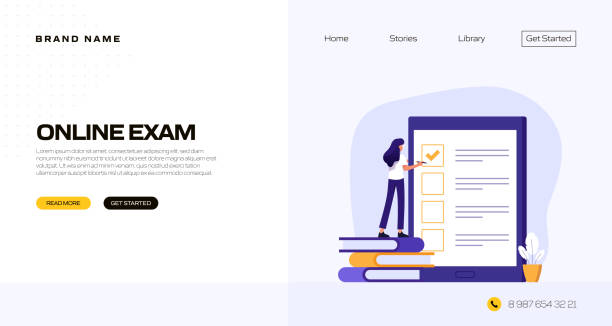
Before any practical action for personal website design, precise and targeted planning is of particular importance.
This stage includes defining your main goals for launching the website, identifying the target audience, and creating a comprehensive content strategy.
Is your goal to display portfolios to attract clients? Do you intend to share your knowledge and expertise through articles and blogs? Or perhaps you want to create a dynamic online resume for job searching? Answering these questions will determine the overall design and content direction of your website.
For example, if you are a graphic designer, your website should focus on the visual presentation of your work, while a consultant’s website might lean more towards textual content, analytical articles, and client testimonials.
Identifying the target audience is also crucial; knowing who will visit your website helps you choose the appropriate tone, style, and content.
For instance, if your audience consists of potential employers, your website should be highly professional and focused on achievements.
Finally, the content strategy includes planning the type of content (articles, videos, images, podcasts), publishing frequency, and how to maintain and update it.
These steps ensure that your personal site not only looks good but is also efficient and aligned with your goals.
Choosing the Right Platform for Building a Personal Website
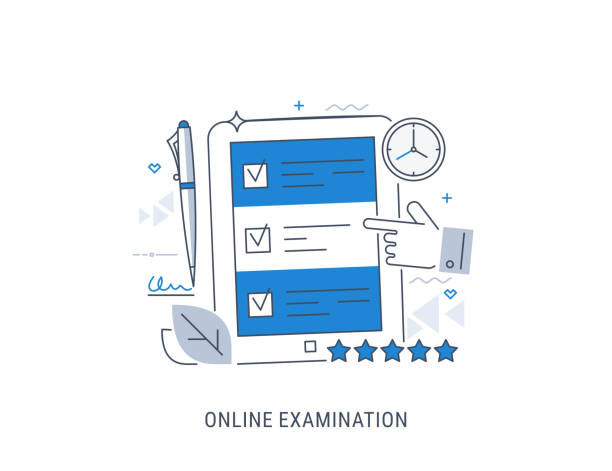
One of the key decisions in the personal website design process is choosing the right platform to build it.
Multiple options are available, each with its own advantages and disadvantages.
Content Management Systems (CMS) like WordPress, Wix, Squarespace, and Joomla are popular solutions that allow you to build a professional website without needing programming knowledge.
WordPress is considered a superior option for many due to its high flexibility, countless plugins, and large user community.
On the other hand, if you have programming knowledge or are looking for complete control over every aspect of your website, you can opt for custom coding using languages like HTML, CSS, JavaScript, and PHP.
This method gives you unparalleled freedom but requires more time and expertise.
Platform selection should be based on your technical skill level, budget, and the level of control you want to have over your website.
For example, if you’re looking for quick and easy setup, Wix or Squarespace are good options.
But if you’re looking for an expandable website with advanced features, WordPress is the ideal choice.
You should also pay attention to the SEO capabilities of the chosen platform; some platforms offer stronger SEO features by default.
Below is a comparison table between different methods of building a website:
| Feature | WordPress (CMS) | Wix/Squarespace (Website Builder) | Custom Coding |
|---|---|---|---|
| Ease of Use | Medium to High | High (Drag and Drop) | Low (Requires Coding Knowledge) |
| Customization Capability | Very High (with Plugins and Code) | Medium (Limited to Templates) | Complete (Infinite) |
| Cost | Medium (Host, Domain, Template/Plugin) | Medium to High (Monthly Subscription) | Variable (Depending on Developer) |
| Full Control | High | Medium | Very High |
| SEO Optimization | High (with Plugins) | Medium to High | Complete (with Proper Implementation) |
UI/UX Design Principles for Personal Websites
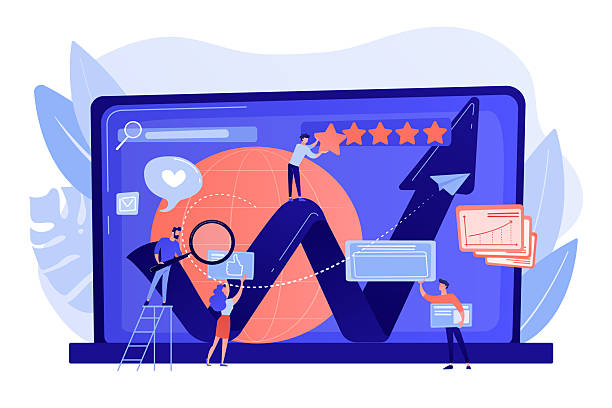
Hwhen designing a personal website, attention to User Interface (UI) and User Experience (UX) principles is crucial.
UI refers to the appearance and feel of your website, while UX relates to the ease of use and overall user satisfaction from interacting with your website.
A website with attractive UI and excellent UX can make a significant difference in the success of your online presence.
Visual elements such as colors, fonts, images, and white space should be chosen to reflect your visual identity while improving overall readability and appeal.
For example, using a harmonious color palette and readable fonts is essential for creating a pleasant experience for the visitor.
Furthermore, UX includes factors such as easy navigation, fast loading speed, and responsive design; meaning your website should display well on all devices, including mobile phones and tablets.
Today’s users are impatient, and if your website loads slowly or has complex navigation, they will quickly leave it.
Therefore, optimizing images, using optimized code, and ensuring a logical page structure are of high importance.
A personal website with proper and user-friendly design not only looks professional but also helps your visitors easily access the information they need and engage with your content.
Tired of losing customers due to poor e-commerce site design? With Rasaweb, solve this problem forever!
✅ Increase sales and conversion rate from visitor to customer
✅ Smooth and engaging user experience for your customers⚡ Get a free consultation
Content is King: Content Strategy for Attracting Audiences
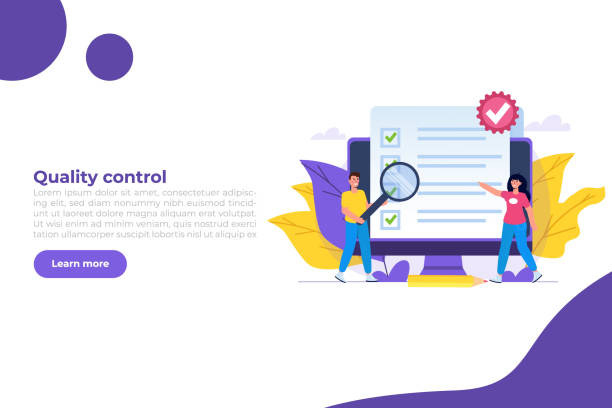
After completing the personal website design and platform selection, the next crucial step is producing attractive and valuable content.
This is where the phrase “content is king” truly comes to life.
Your content should not only convey information but also attract the audience, engage them, and ultimately help you achieve your website’s goal (such as attracting clients, job seeking, or personal brand promotion).
Your content strategy should include various types of content, including blog articles, portfolios, case studies, videos, images, and even client testimonials.
For example, if you are a freelancer, the Portfolio section is very important.
You should present your past projects with full details, high-quality images, and explanations about the challenges and results.
Also, writing specialized articles in your field demonstrates your knowledge and expertise and can increase your credibility.
These articles should answer common audience questions and provide practical solutions.
Using storytelling in introducing yourself and your experiences can also establish a deeper connection with visitors.
Consistency in publishing content and regularly updating the website is also of high importance.
A website with old and irregular content will have a negative impact on visitors and your search engine rankings.
Remember that quality content not only attracts users but also significantly helps your personal website’s SEO, as search engines prefer fresh and relevant content.
The Importance of SEO in Your Personal Website’s Visibility
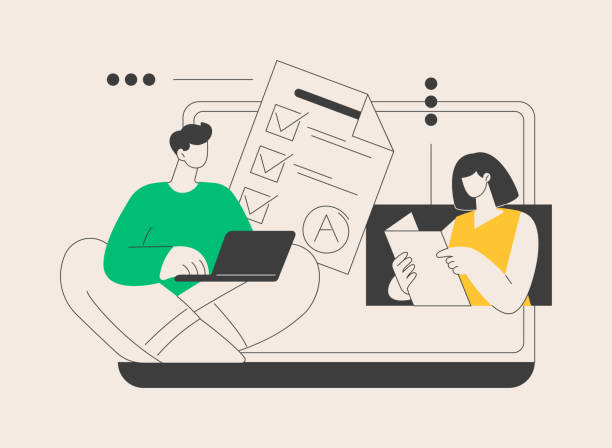
Personal website design is only half the battle; for your website to be seen and for target audiences to access it, Search Engine Optimization (SEO) is of paramount importance.
SEO is a process that helps your website achieve a higher ranking in Google search results and other search engines.
This significantly increases organic (free) traffic to your website and greatly boosts your chances of attracting new clients, employers, or followers.
The first step in SEO is keyword research.
You need to identify the words your target audience searches for to find the services or information you provide.
For example, if you are a web designer, keywords like “personal website design”, “professional website building”, or “web designer in Tehran” can be appropriate keywords.
After identifying keywords, you should naturally use them in your website’s content, page titles, meta descriptions, and even image names.
In addition to keywords, other factors also play a role in SEO, including website loading speed, responsiveness (correct display on mobile), internal linking structure, and acquiring backlinks (links from other websites to yours).
Creating high-quality and up-to-date content also shows search engines that your website is a reliable and authoritative source.
Remember that SEO is an ongoing process and requires regular monitoring and updating to maintain and improve your ranking.
Investing time and effort in SEO guarantees the visibility of your personal website among millions of other websites.
Launching and Maintaining a Personal Website: Tips for Sustainability
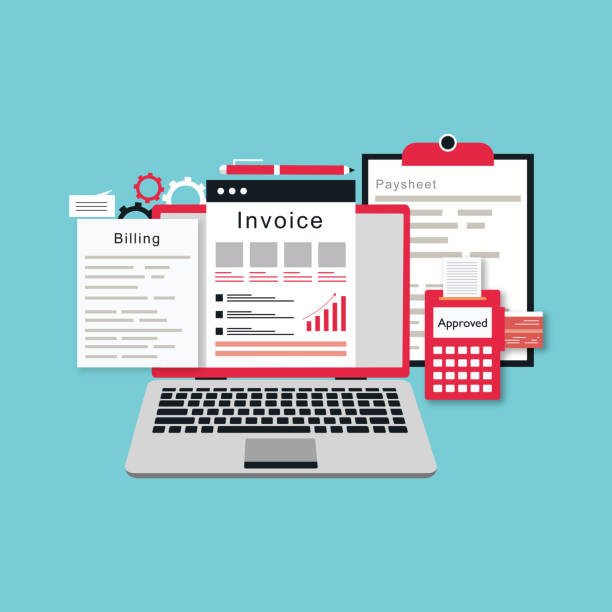
After completing personal website design and content production, it’s time for launching and then continuous maintenance.
Launching doesn’t just mean “getting the website online”; it includes a set of final checks and settings to ensure everything works correctly.
The first step is choosing a reliable Web Hosting service and registering a suitable domain name.
The domain name (e.g., yourname.com) is your online identity and should be memorable and relevant to you or your activity.
Before the official launch, be sure to test all links, contact forms, and website functionality.
Ensure that the website displays correctly across different browsers (Chrome, Firefox, Safari) and devices (desktop, mobile, tablet).
After launching, your work isn’t done.
Regular website maintenance is crucial for its stability and security.
This includes updating the CMS platform (like WordPress), plugins and themes, periodically checking for broken links, and regularly backing up data.
Don’t forget that your website’s security is also of high importance; installing an SSL certificate for data encryption (HTTPS) and using security plugins protects your website against cyberattacks.
The table below provides a brief checklist for website launch and maintenance:
| Action | Before Launch | After Launch (Regular Maintenance) |
|---|---|---|
| Domain and Host Registration | ✔ | |
| Test Links and Forms Functionality | ✔ | |
| Check Responsiveness (Mobile and Tablet) | ✔ | |
| Install SSL Certificate (HTTPS) | ✔ | |
| Update CMS, Theme, and Plugins | ✔ | |
| Regular Data Backup | ✔ | |
| Check for Broken Links | ✔ | |
| Monitor Site Performance and Speed | ✔ | |
| Security Check and Patch Installation | ✔ |
These continuous cares help ensure the stability, security, and optimal performance of your personal site and provide a positive user experience for visitors.
Personal Website: A Gateway to New Opportunities
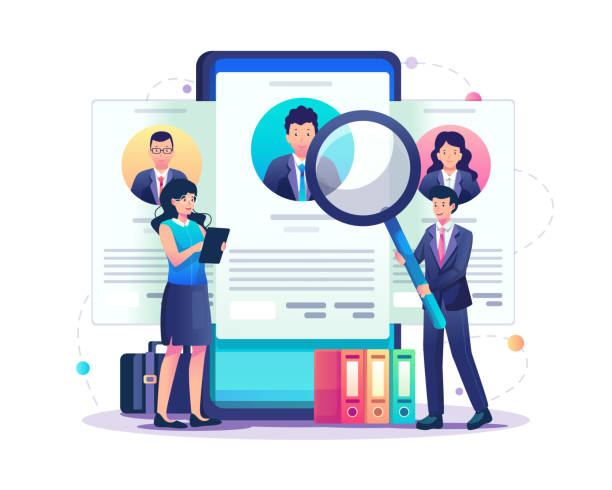
Beyond being a tool for displaying information, personal website design can be a gateway to countless opportunities in the real and digital world.
This platform not only helps you strengthen your personal brand but can also become a source of income or assist you in career advancement.
For many, a personal website acts as a Personal Marketing tool, enabling the provision of services, sale of digital products (such as e-books or online courses), and even attracting sponsorship.
For example, a personal website can be a platform for offering online consultations, holding workshops, or selling artworks.
Also, by producing valuable and targeted content, you can attract significant traffic and earn income through advertising (like Google AdSense) or Affiliate Marketing.
For freelancers and specialists, a personal website is the best place to showcase portfolios, receive client testimonials, and attract new projects.
This website allows you to professionally and attractively display your expertise and gain the trust of potential clients.
In fact, your personal site can serve as an active tool for networking and connecting with like-minded individuals in your industry.
By having a professional website, you can easily connect with publishers, recruiters, or future collaborators.
This platform allows you to continuously update your skills and achievements and always stay at the forefront in today’s competitive landscape.
Are you utilizing the full potential of your personal website to achieve your goals?
Did you know 94% of users’ first impressions of a business are related to its website design? With professional corporate website design by **Rasaweb**, turn this first impression into an opportunity for growth.
✅ Attract more customers and increase sales
✅ Build credibility and trust in the audience’s view⚡ Get a free website design consultation!
Common Mistakes in Personal Website Design and Ways to Avoid Them
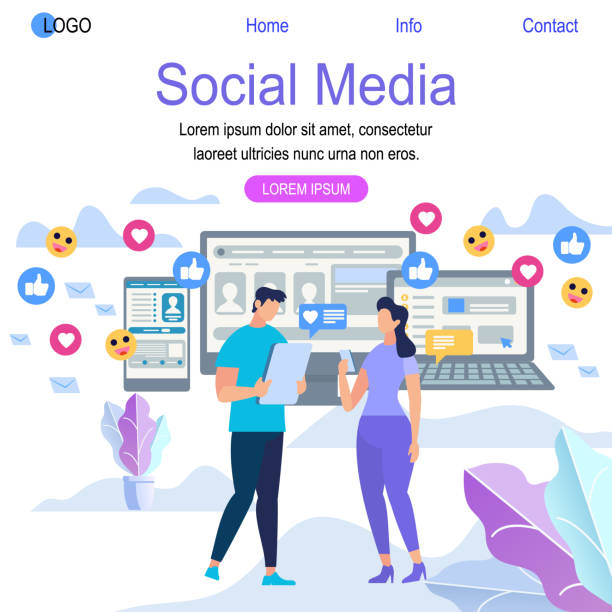
While personal website design brings great opportunities, there are also common mistakes that can render your efforts fruitless.
Understanding these mistakes and knowing how to avoid them can help you build a more successful and efficient website.
One of the most common mistakes is lacking a clear goal.
Without knowing why you are building your website and what you want to achieve, your website may be aimless and ineffective.
Define your goals clearly before starting.
Another mistake is ignoring Responsive Design.
Given the increasing use of mobile for web browsing, your website should display well on all screen sizes.
A website that doesn’t look good on mobile will lead to losing a large number of visitors.
Also, slow page loading speed is a big killer for user experience.
High-volume images, improper coding, and poor hosting choices can slow down your website.
Optimizing images and using a CDN (Content Delivery Network) can help.
Neglecting SEO is also a big mistake.
Even the best websites are useless if they are not seen in search results.
Keyword research, using title tags and meta descriptions, and building internal and external links are among the actions to consider.
Finally, irregular or low-quality content can also severely harm your website.
Your website should be regularly updated with fresh and valuable content to keep audiences engaged and enhance your credibility.
By avoiding these mistakes, you can ensure that your personal platform functions in the best possible way.
The Future of Personal Websites and Emerging Trends
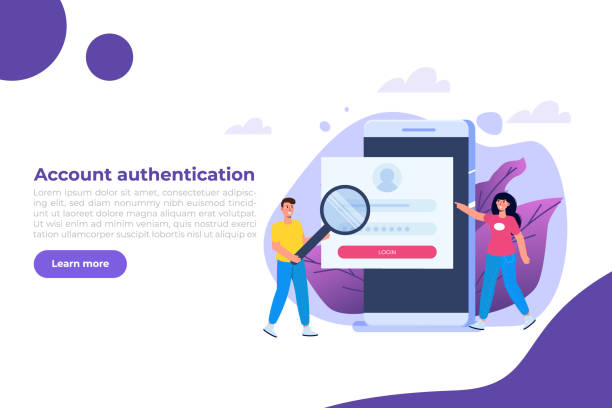
The world of web is constantly evolving, and personal website design is no exception.
To keep your personal website up-to-date and attractive, awareness of emerging trends and new technologies is highly important.
One of the most significant trends is Artificial Intelligence (AI) and machine learning, which can provide more personalized user experiences.
From intelligent chatbots to answer visitor questions to content recommendations based on user behavior, AI has great potential to improve personal websites.
Another trend is the increasing focus on Accessibility.
Building websites that are usable for people with disabilities is not only ethically correct but also expands your audience reach.
This includes using text descriptions for images (alt text), keyboard-centric navigation, and appropriate color contrast.
Also, Semantic Web and Web 3.0, which emphasize connected and decentralized data, can shape the future of personal websites and give users more control over their data.
Finally, interactive and immersive content like Virtual Reality (VR) and Augmented Reality (AR) can also find their way into personal websites and provide unique experiences for visitors.
For example, an artist can create a virtual gallery of their works or an architect can display 3D models of their projects.
By monitoring these trends and incorporating them into the personal website development process, you can ensure that your platform is not only effective now but also ready for the future.
Frequently Asked Questions
| Number | Question | Answer |
|---|---|---|
| 1 | Why should we have a personal website? | A personal website allows you to professionally showcase your resume, portfolio, experiences, and perspectives, strengthening your personal brand. This helps increase career and networking opportunities. |
| 2 | What content should be included in a personal website? | It usually includes “About Me”, “Resume” (skills and experiences), “Portfolio” (projects and achievements), “Blog” (articles and insights), and “Contact Me” sections. Content should align with your website’s purpose. |
| 3 | What is the best platform for building a personal website? | WordPress is a very popular choice due to its high flexibility, numerous themes and plugins, and large user community. Platforms like Wix and Squarespace are also suitable for beginners. |
| 4 | What points should be considered when designing a personal website? | Responsive design (correct display on mobile and tablet), fast loading speed, a simple and attractive User Interface (UI) and User Experience (UX), and Search Engine Optimization (SEO) are key considerations. |
| 5 | How to choose a suitable domain name for a personal website? | It’s best for the domain name to be simple, short, memorable, and related to your name or personal brand. Using common extensions like .com, .net, or .ir is recommended. |
| 6 | What is the importance of the Portfolio section in a personal website? | The portfolio section is the most powerful tool for showcasing your skills and completed projects. This section helps potential employers or clients tangibly see your capabilities and gain more trust in you. |
| 7 | Is adding a blog section to a personal website useful? | Yes, a blog allows you to share your expertise through articles and writings, interact with your audience, and improve your site’s search engine ranking by producing fresh content. |
| 8 | How can a personal website be made to look professional? | Using a clean and modern design, a high-quality and professional profile picture, writing content without spelling or grammatical errors, and ensuring all links and forms function correctly significantly contribute to the website’s professionalism. |
| 9 | What does personal website maintenance and updates involve? | Regular content updates, checking link and form functionality, regular data backups, and updating the Content Management System (like WordPress) and plugins are essential for maintaining security and proper operation. |
| 10 | How much does it cost to design and maintain a personal website? | The cost can vary. It includes domain purchase (around $15-50 per year) and hosting (around $50-200 per year). Using free themes or paying for premium themes and plugins also affects the overall cost. |
And other services of Rasa Web advertising agency in the field of advertising
Smart Conversion Rate Optimization: A new service for increasing website visits through optimizing key pages.
Smart Website Development: Designed for businesses seeking to improve SEO ranking by using real data.
Smart Conversion Rate Optimization: A fast and efficient solution for digital branding with a focus on SEO-driven content strategy.
Smart Brand Identity: A creative platform for improving click-through rate with attractive user interface design.
Smart Content Strategy: A dedicated service for growth in customer acquisition based on key page optimization.
And more than hundreds of other services in the field of internet advertising, advertising consultation, and organizational solutions
Internet advertising | Advertising strategy | Advertorial
Sources
Complete Guide to Personal Website Design
How to Create a Successful Personal Website?
Comprehensive Training on Personal Website Development
Why You Need a Personal Website?
? Are you ready to transform your business in the digital world? Rasaweb Afarin, with expertise in SEO-optimized website design and providing comprehensive digital marketing solutions, is your bridge to endless successes.
📍 Tehran, Mirdamad Street, next to Bank Markazi, Kazerun Jonubi Alley, Ramin Alley No. 6

